第十八课 - This and That
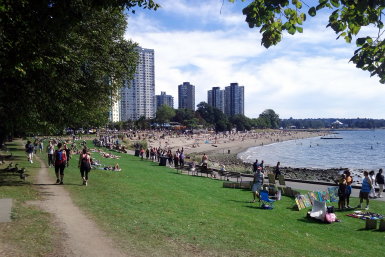
In this lesson you'll learn how to use the demonstrative pronouns in English. These are words such as this and that. You'll also learn how to use infinitives and gerunds.
In the vocabulary section you'll learn some common English words for clothing items.
The lesson starts off with a short video that shows how coffee beans are roasted.
视频
The following short video from Sweet Maria's Coffee describes the coffee roasting process. The presenter talks in conversational American English. A transcript of the first part of the video is also given to help improve your comprehension.
| bean | 豆 |
| clue | 线索 |
| development | 显影, 发育 |
| roasted | 烤 |
| seed | 种子 |
| stage | 阶段 |
| surface | 表面 |
| processed | 处理 |
| skin | 皮肤 |
| slightly | 略 |
| tan | 黄褐色 |
| texture | 质地 |
Transcript
So I want to show you very quickly what happens to coffee as it's roasted. This is green coffee. Coffee is the seed from the fruit of a flowering tree. It's dried, it's processed and dried in its skin and it becomes a very dense green bean. It's not really a bean, it's a seed, but we'll call it a bean as everyone does.
As you start to roast the coffee, it goes from that to a slightly pale white color. What's on the outside here is chaff. That's also called siver skin and it comes off during roasting.
The next stage: So it's turning pale at about 2 to 3 minutes into roasting. Some roasting is a little bit faster in a roaster. Now we have a kind of tan or orange stage where it's definitely losing some heat and losing some moisture content. The coffee's becoming a little bit lighter, moves around a little quicker in the roaster.
And this is the tan stage. This is very slow this early develoment from the green to the tan. You know in some roasters that could be ten minutes of development until you hit the first crack. So still quite a light-colored coffee. Not what you'd want to drink. It's very grainy if you drink it.
Here we're approaching first-crack, which could like I said happen anywhere from in a real fast roaster, several minutes, in a drum roaster maybe as long as ten or twelve minutes. And you see this very highly varied surface texture, this pale silver skin chaff in there. Now here's where we've actually gotten to coffee that could be consumed. This, you could drink this coffee. This coffee has gone through first crack so there's been this audible popping sound in the roster and that's kind of your clue. Once that finishes, the popping, that coffee is gone through first crack. We call this city roast. It's a lighter roast, and looking under the stong light you see that dark dark surface texture. But this could bee a very good roast for coffee you want to be a bright lively cup.
This is a little bit more roasted, but if you notice that this bean is puffed up a little bit more. It's opened up that crease. It's not quite so flat on this side. The silver skin's a little darker, so that's a city plus roast. We call this city plus two.
Clothes
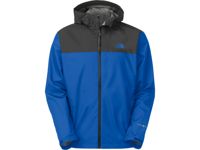
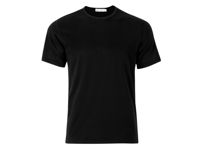
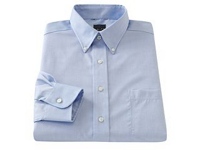
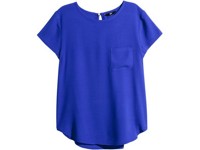
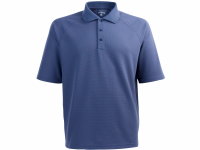
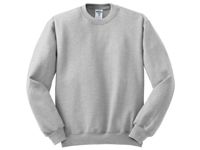
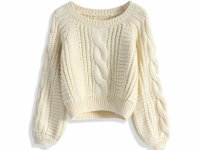
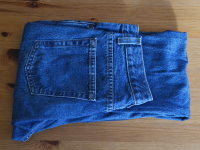
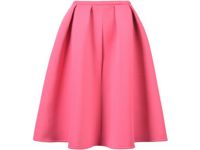
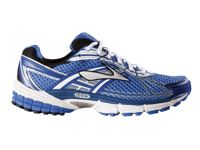
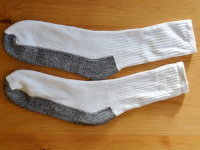
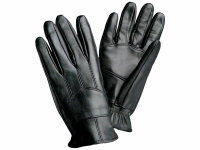
广告
语法
Demonstrative Adjectives and Pronouns
Demonstrative Adjectives are used to talk about specific things and people. There are two demonstrative adjectives in English, this and that. When comparing objects, this is used to describe the object or event nearer in distance or time, and that is used for the object or event further away in distance or time. A demonstrative pronoun comes before the noun it describes.
Demonstrative pronouns are the same as the demonstrative adjectives, except they take the place of a noun in a sentence.
The following table shows the demonstrative adjectives and pronouns.
| Singular | Plural | |
|---|---|---|
| near | this | these |
| far | that | those |
Examples
| That idea is great! | Demonstrative adjective |
| That is a great idea! | Demonstrative pronoun |
| This book is better than that book. | Demonstrative adjectives |
| This is better than that. | Demonstrative pronouns |
| Those apples taste good. | demonstrative adjective |
| These apples are better than those. | Demonstrative adjective and demonstrative pronoun |
Infinitives
An infinitive is a form of a verb used in several situations in English.
- as a complement of another verb. Examples: I want to hear. I can go.
- as a noun phrase that expresses an action in an abstract way. Example: To err is human.
- as a modifier of a noun or adjective. Examples: I don't know what to do. This is the way to do it.
The word to often comes before the verb in the infinitive form. When an infinitve follows certain verbs, such as can, will, shall, may, and do, the infinitive only consists of the base of the verb.
Examples
| I want to go. | 我想去。 |
| I will go. | 我会去。 |
| I need to find my jacket. | 我需要找到我的夹克。 |
| Don't tell me what to think. | 不要告诉我想想什么。 |
| They should do it. | 他们应该这样做。 |
| Can you speak English? | 你会说英语吗? |
Gerunds
A gerund is a noun that is made from a verb by adding ing to the end of the infinitive form of the verb. If the infinitive of the verb ends in a single e, the e is usually dropped.
| Verb | Noun |
|---|---|
| read | reading |
| talk | talking |
| go | going |
| race | racing |
| be | being |
| see | seeing |
| take | taking |
Examples
| Reading is one way to become smarter. | 阅读是变得更聪明的方法之一。 |
| Talking about it will help. | 谈论它将帮助。 |
| I think swimming is great exercise. | 我觉得游泳是很好的锻炼。 |
| She says giving is better than receiving. | 她说给予比接受好。 |
| They helped by bringing drinks for everyone. | 他们帮助通过把饮料给大家。 |
| Speaking another language is very rewarding. | 说另一种语言是非常有益的。 |
Flashcards
Here are some flashcards to help you learn the English words for items of clothes.
测验
这是一个简短的在线考试,可帮助您学习本课程中包含的英语词汇并测试您的进度。

